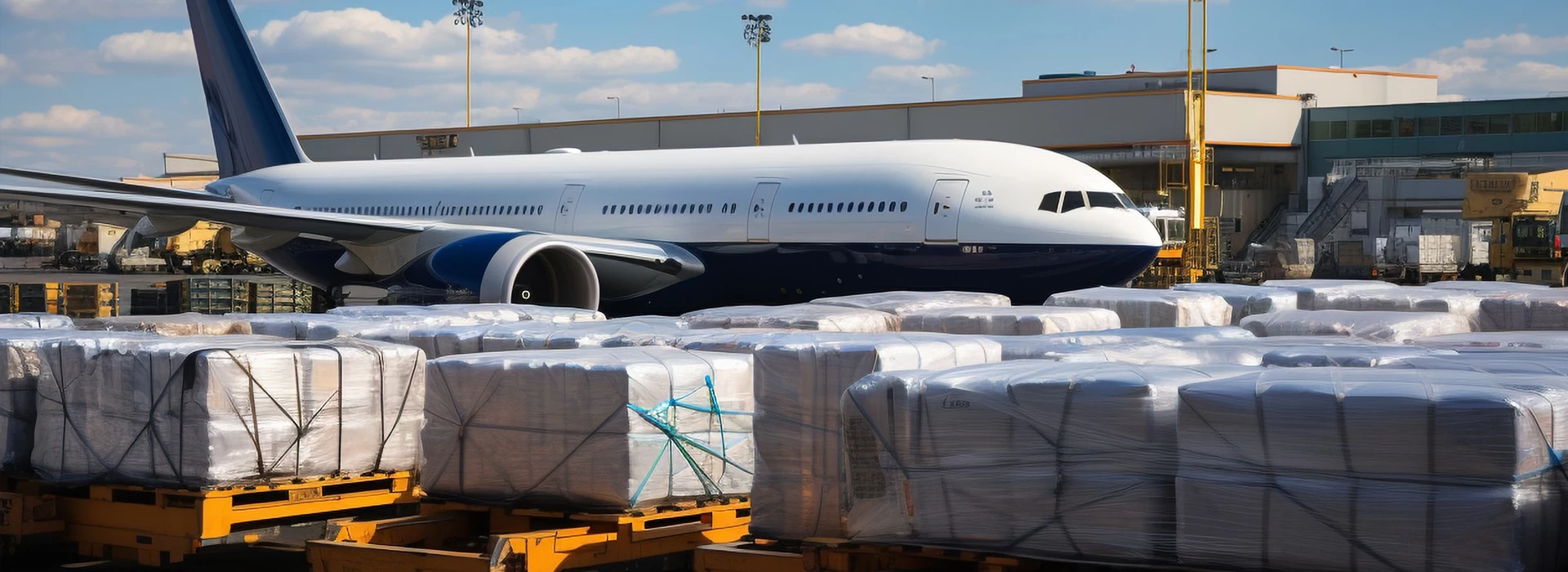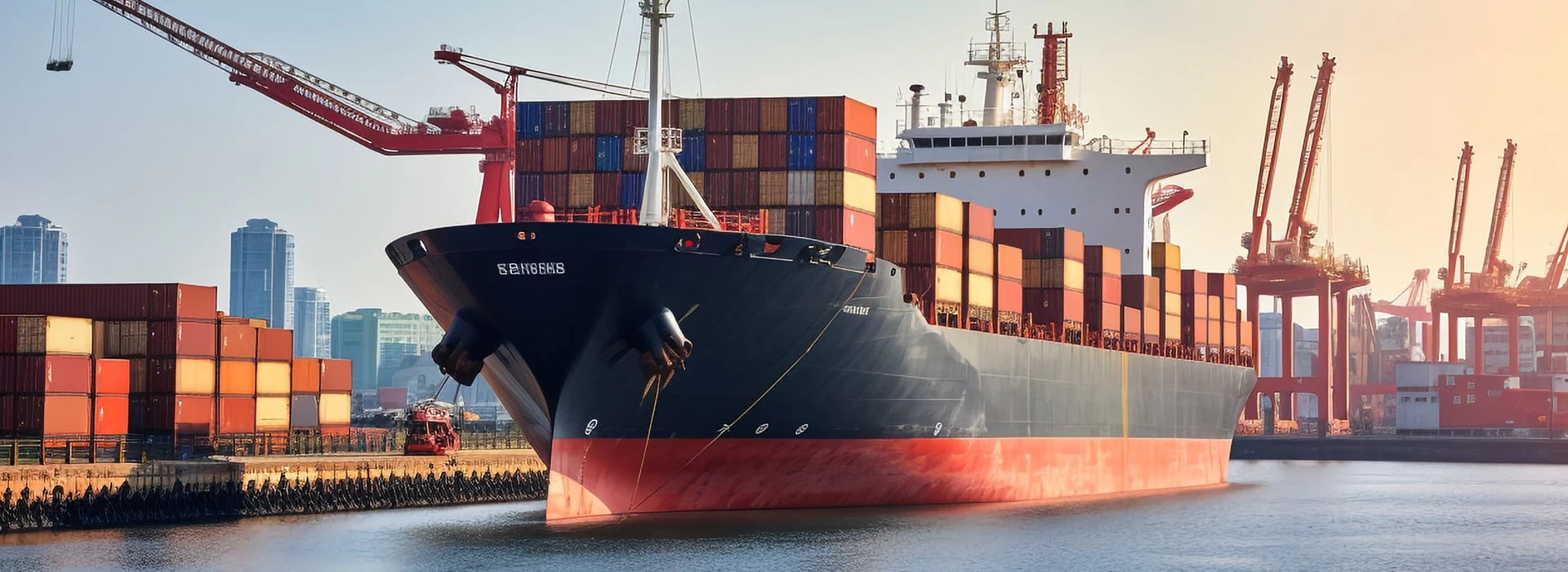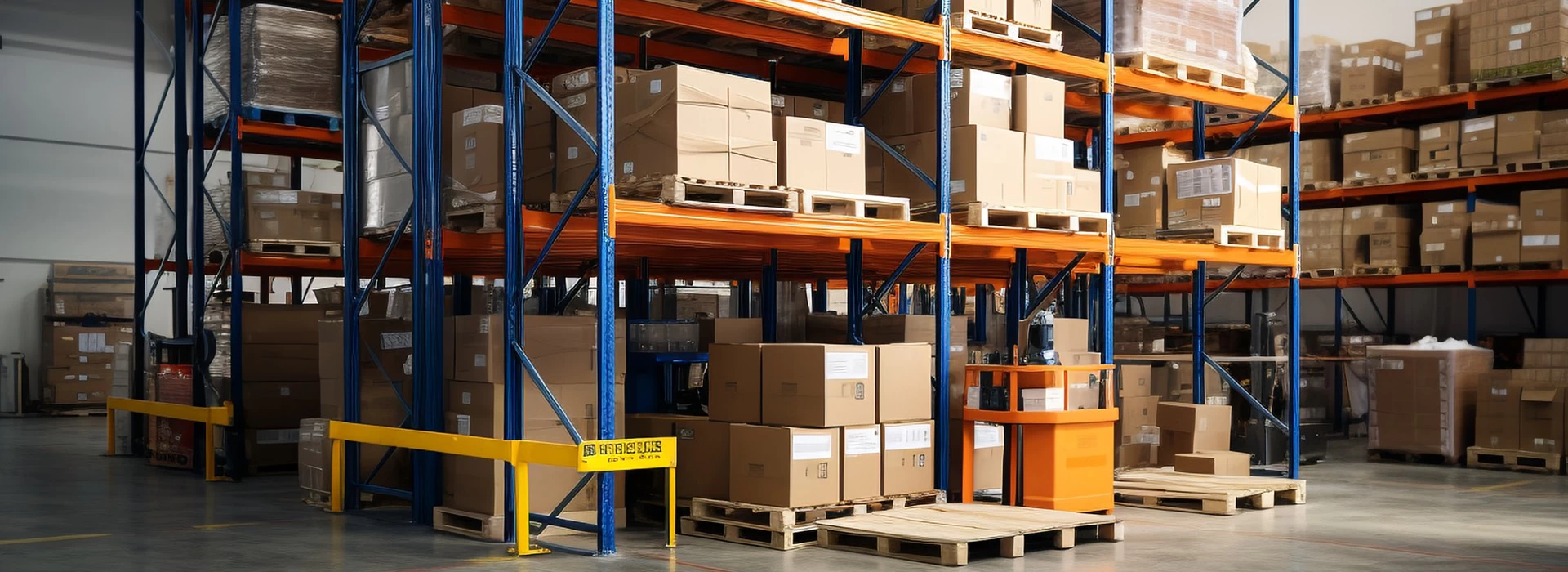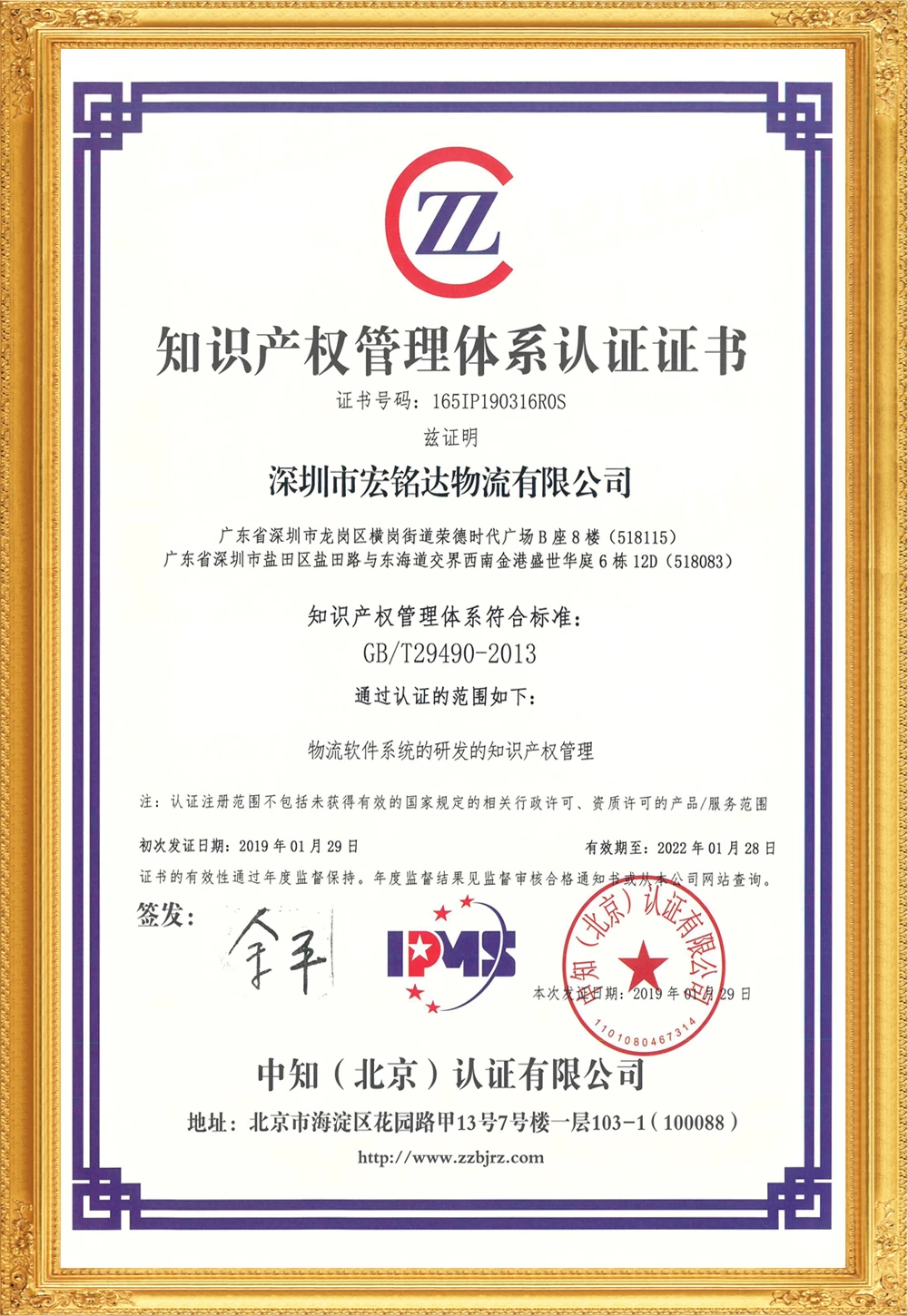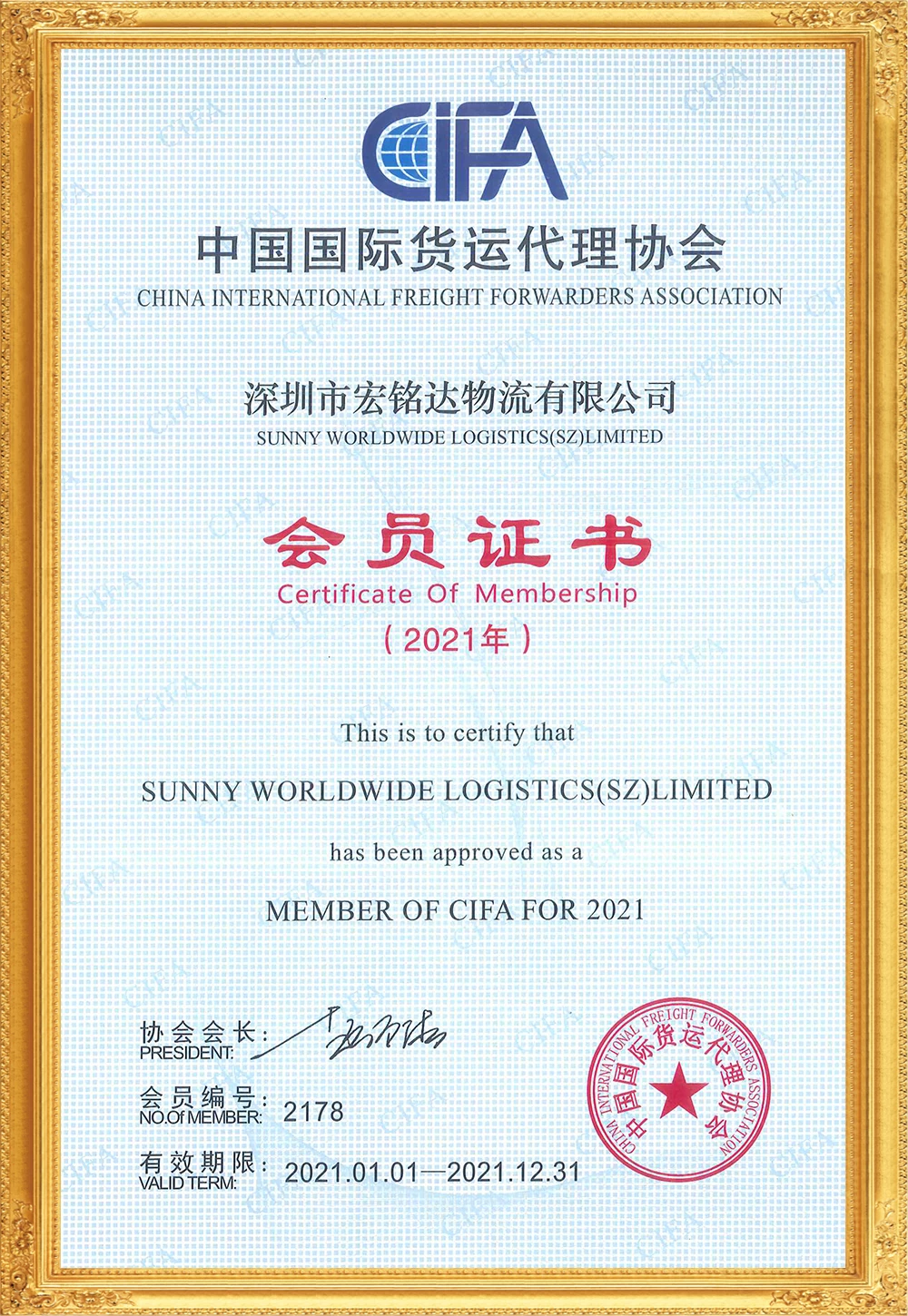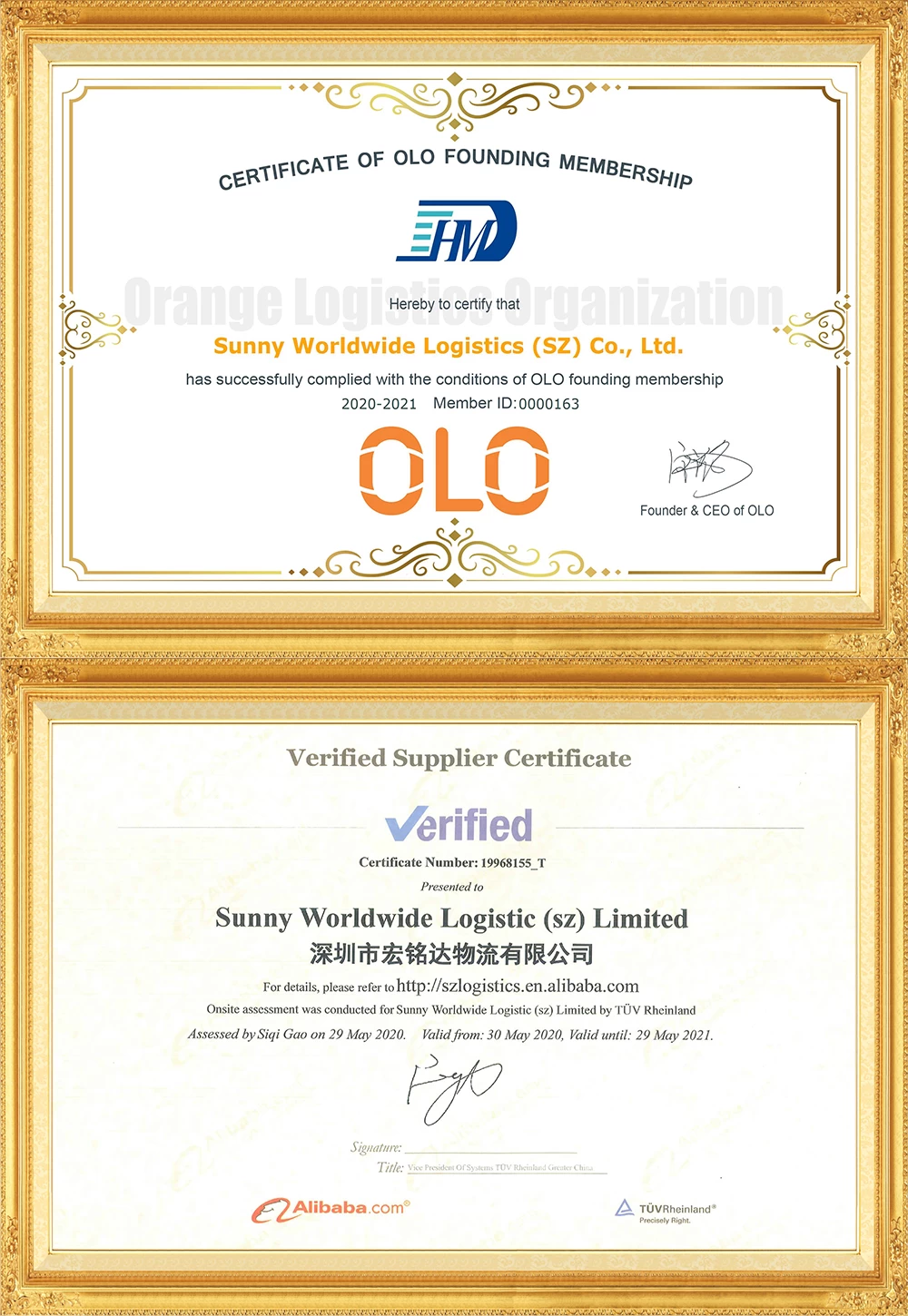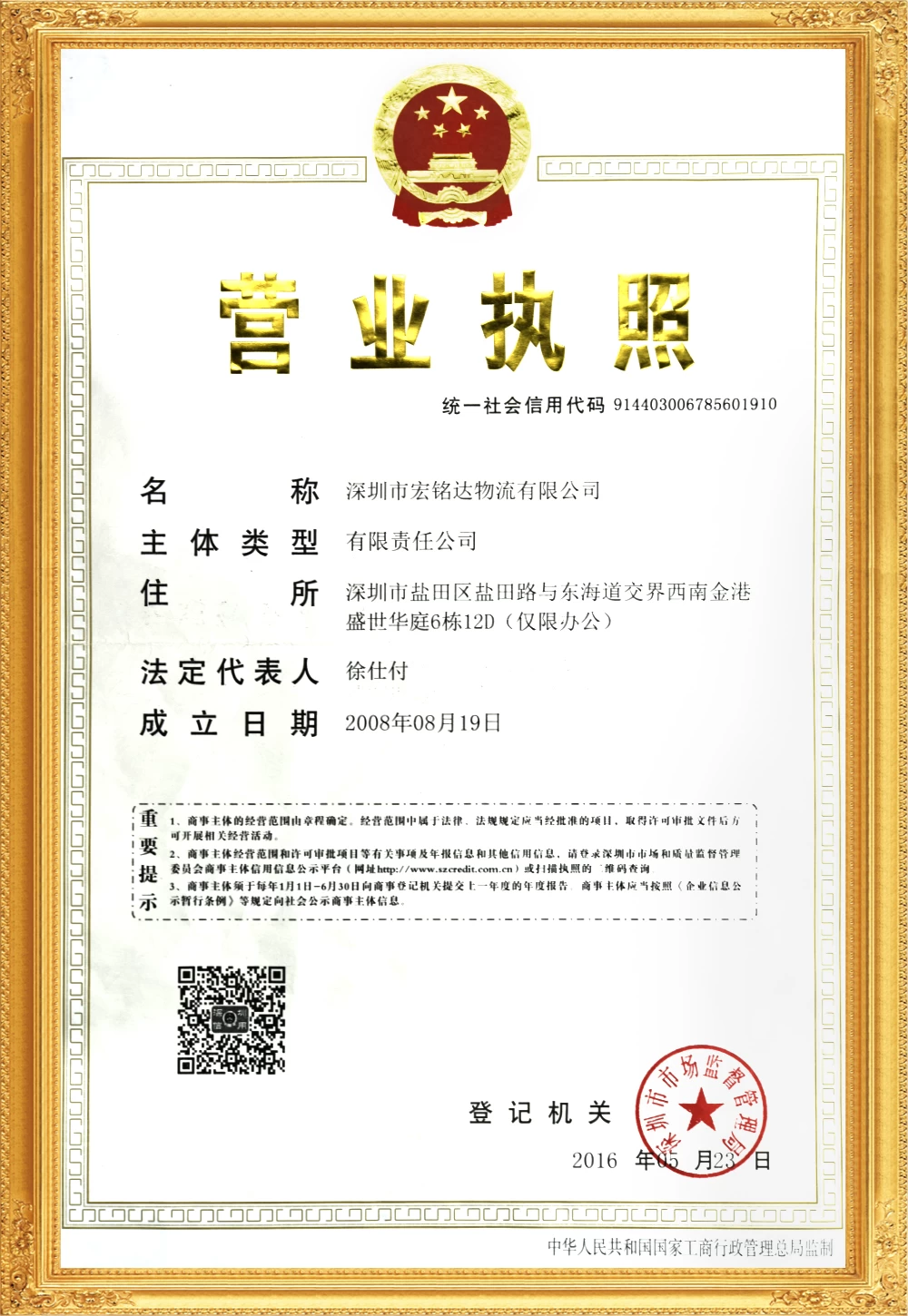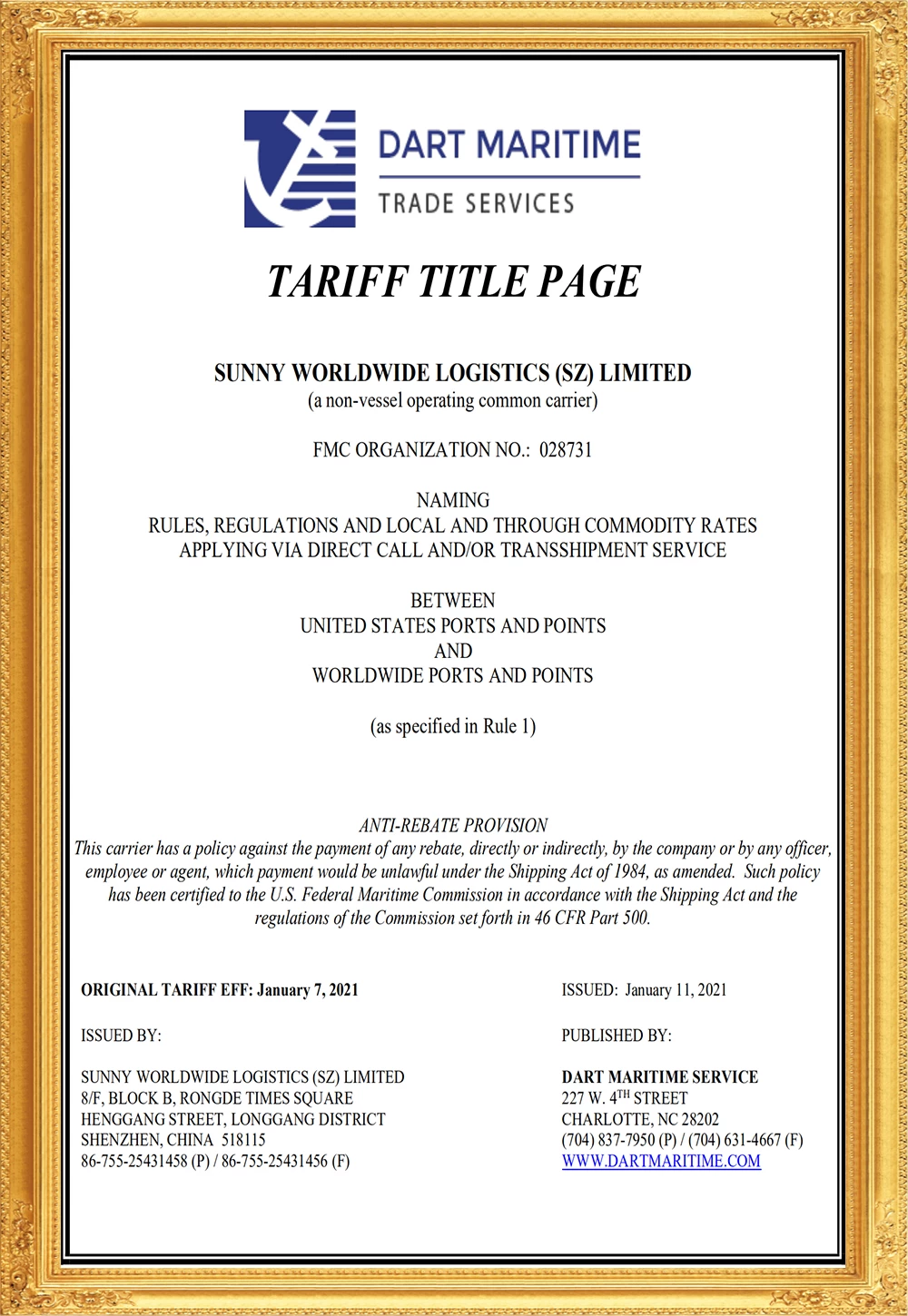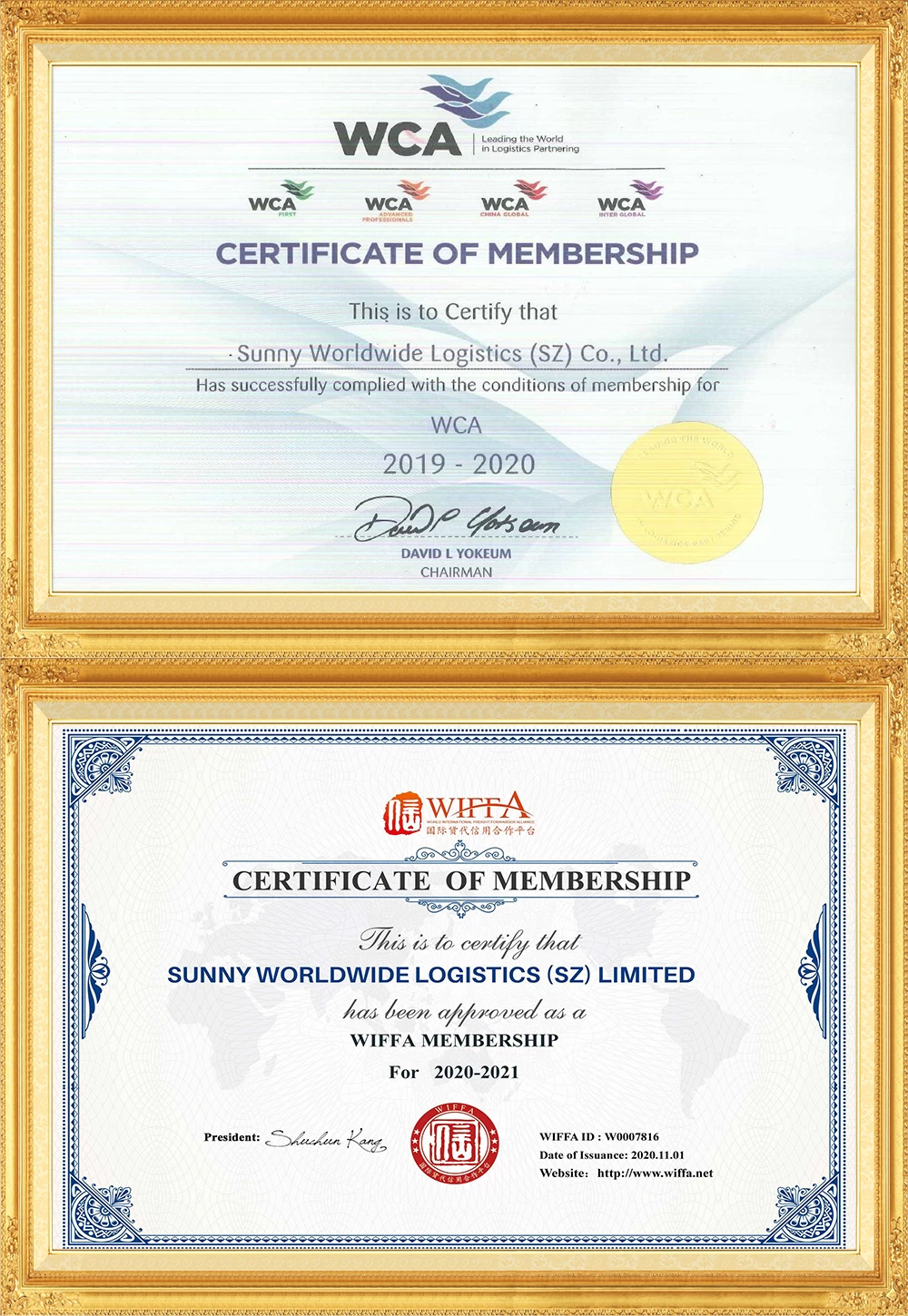Global container capacity reaches 50 million TEU, with a projected surplus of 13 million TEU by 2023
The impact of supply chain issues over the past two years has been very high, with congestion in the supply chain leading to significantly longer transit times, not only related to delays by sea, but also inland congestion and delays. The more problematic the supply chain, the more demand for containers, but when the problem eases, the demand will also decrease.
To quantify the possible excess capacity of containers, shipping data intelligence firm Sea-Intelligence conducted research based on data provided by Hapag-Lloyd and matched freight volumes and container capacity over longer periods of time.
The relevant person in charge of Sea-Intelligence said: "Hapag-Lloyd is a standardized large-scale shipping giant. The company's data can reflect the situation of other large shipping companies to a certain extent, and then predict the supply of global shipping capacity."
Taking into account the state of the supply chain in the first quarter of 2022, Hapag-Lloyd needs more than 3 million TEUs of containers to transport the cargo.
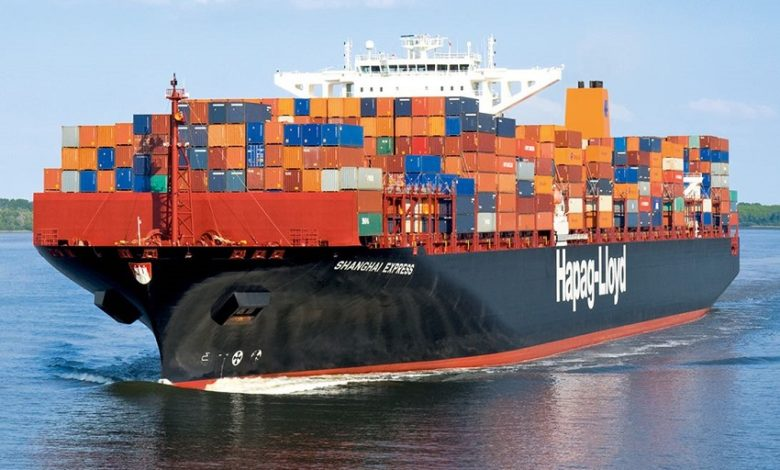
The Sea-Intelligence report has tracked the global container utilization efficiency index (expressed by the number of goods loaded in each container) in recent years.
In 2010-2014, the global container utilization efficiency index was relatively stable at 1.3 loads per container; then it was more volatile and declined in 2014-2017; it stabilized again at 1.18 per container in 2018-2019; In the 2020-2022 period, this index fell significantly in the first quarter of 2021; and in the first quarter of 2022, there were signs of improvement, rising to 0.98 load, and this trend continues.
Based on data provided by Hapag-Lloyd, Sea-Intelligence estimates that if global bottlenecks can be eliminated now, the number of containers required by Hapag-Lloyd to transport goods will be reduced by 17% compared to today.
After revising Hapag-Lloyd's survey data, Sea-Intelligence concluded that with the gradual improvement of the port congestion, the global container fleet capacity will reach 50 million TEU in 2021, of which 17% will be redundant. This equates to 8.5 million TEU containers sitting idle.
Sea-Intelligence said it expects to deliver an additional 4.5 million to 4.8 million TEU of containers in 2022, with an eventual excess of 13 million TEU in the container shipping market by 2023.


